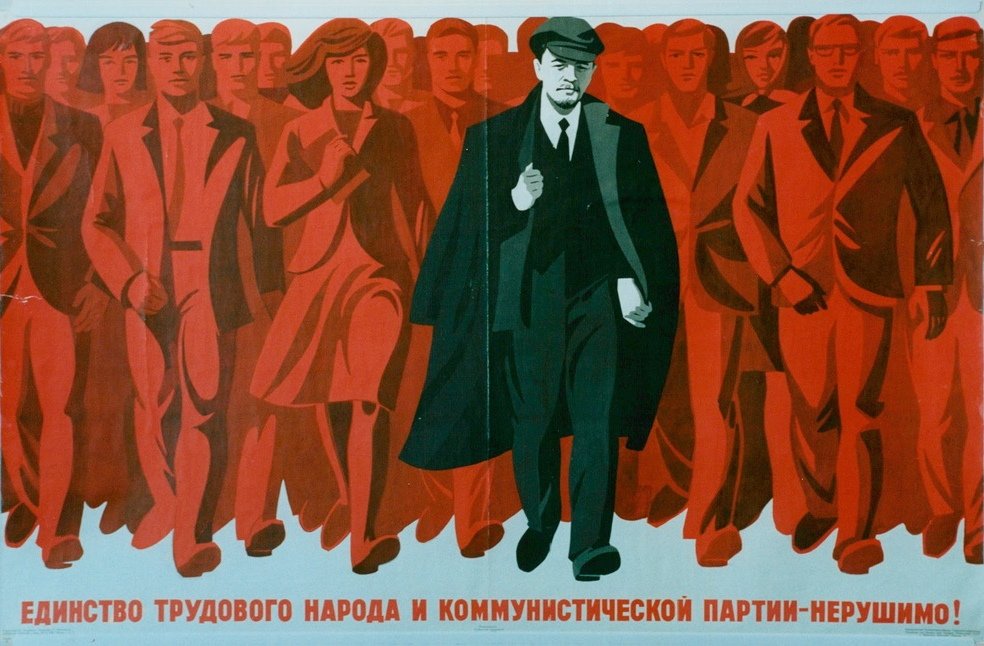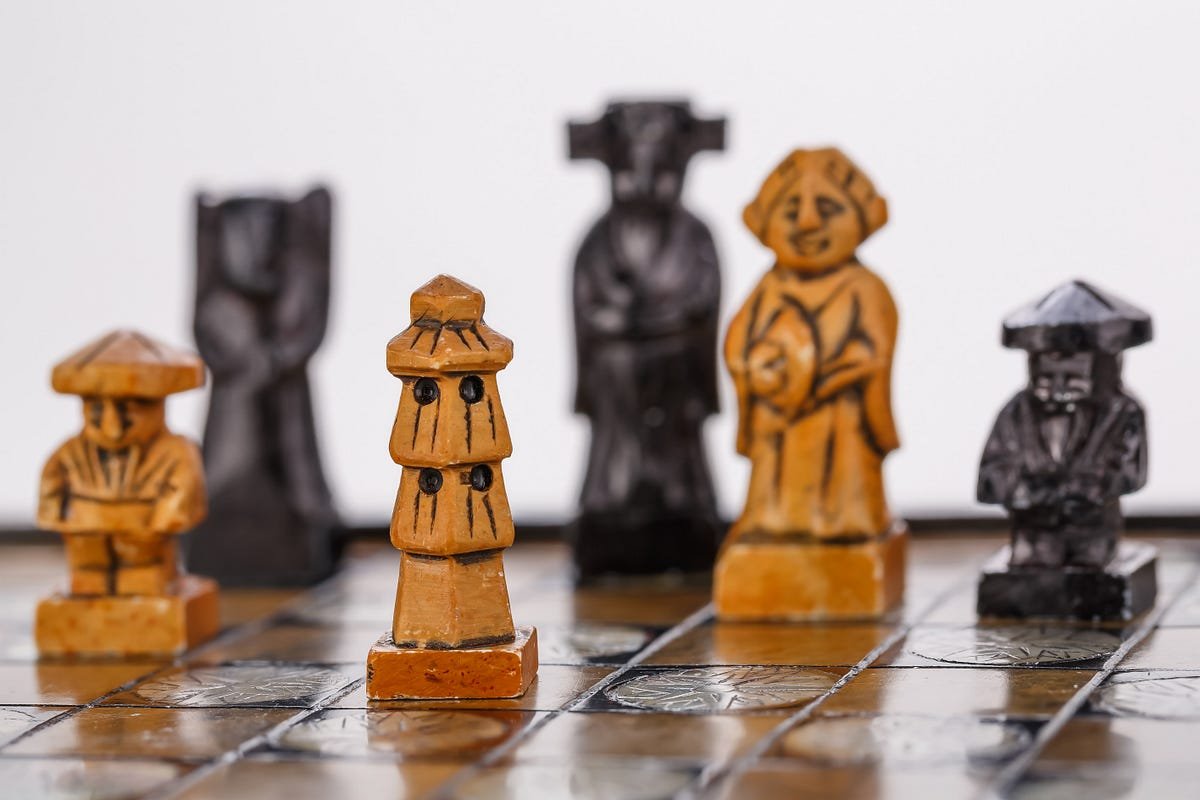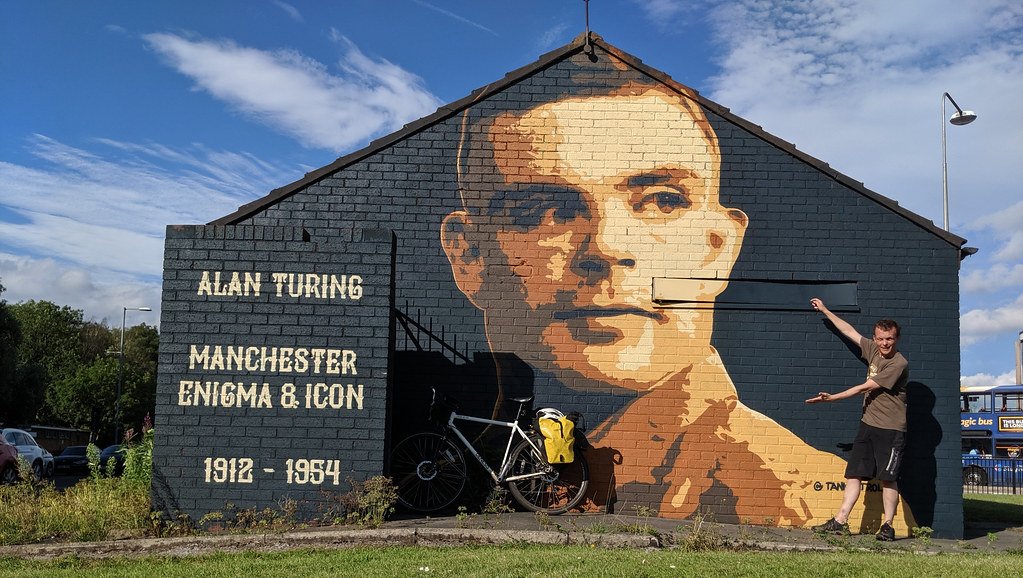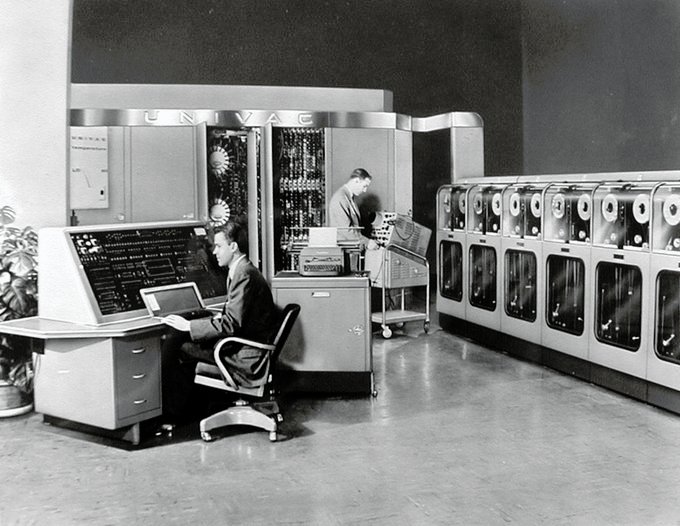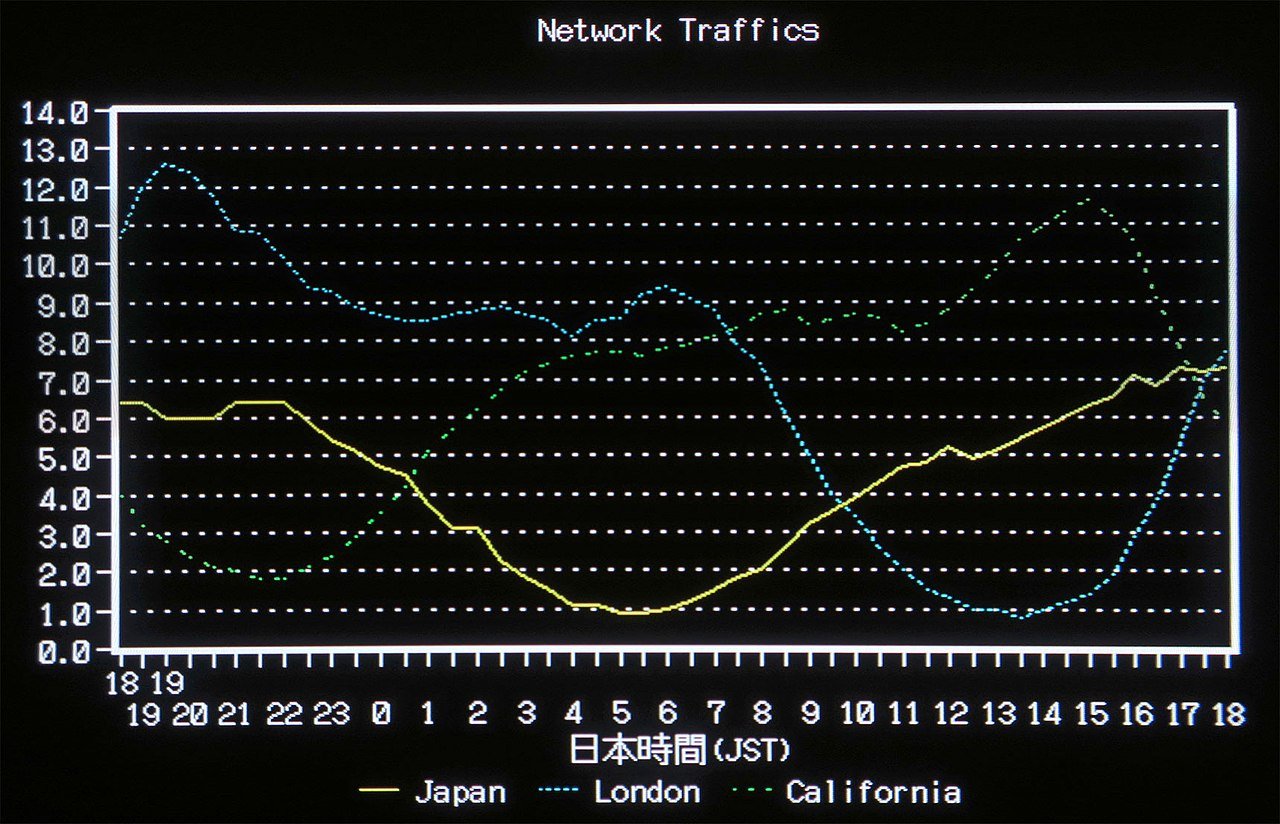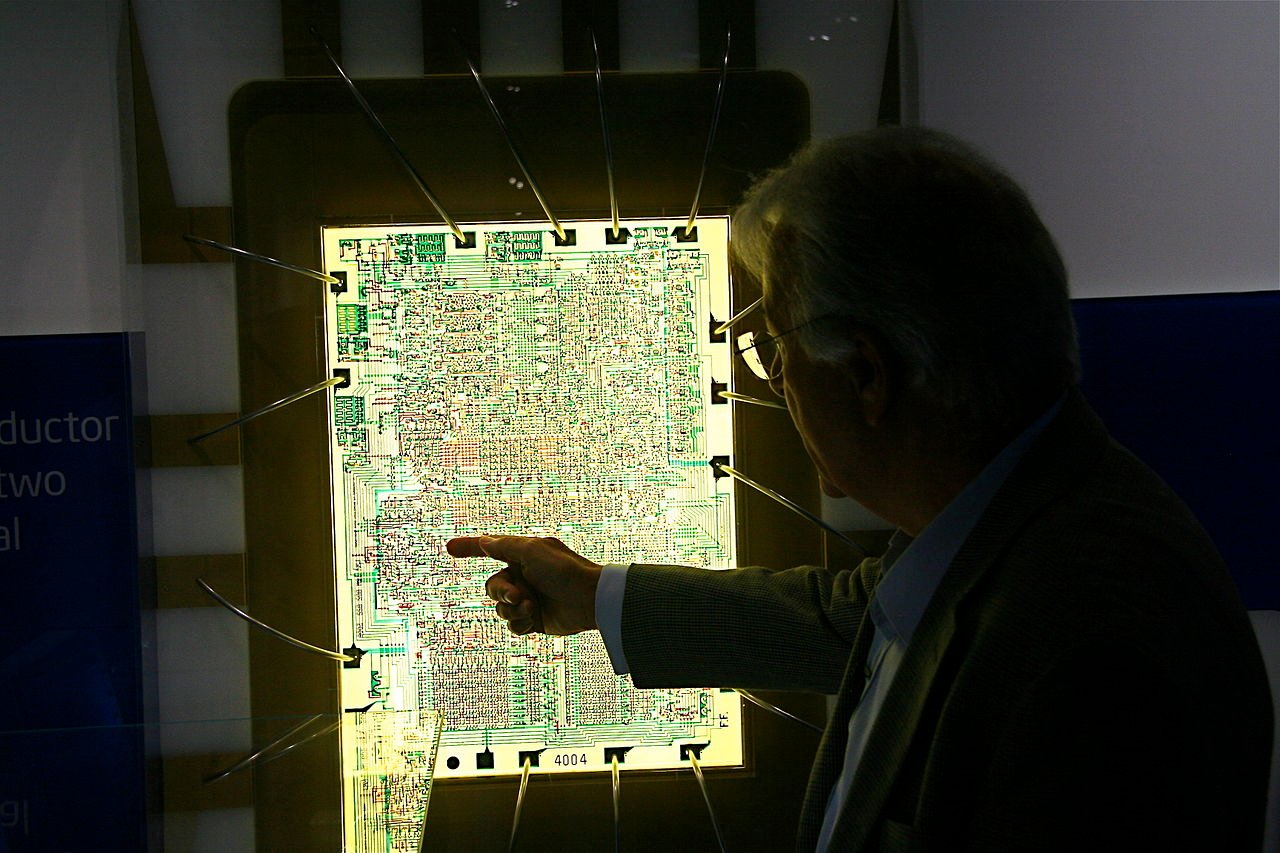Alan Turing, a luminary in mathematics and computer science, is celebrated for his pivotal role in breaking the Enigma code during World War II and his pioneering contributions to artificial intelligence. Yet, the narrative of Turing’s life extends far beyond these well-known chapters, revealing a tapestry of diverse interests and remarkable facets that often remain in the shadows.
While Turing is widely recognized for his intellectual brilliance, his lesser-known passion for marathon running adds a compelling layer to his story. An ardent long-distance runner, Turing not only engaged in marathons but also harbored dreams of joining the British Olympic team in 1948. This physical pursuit not only showcased his discipline and endurance but also offered a glimpse into the holistic nature of his character.
The bond between Turing and his close friend, mathematician Robin Gandy, adds a poignant dimension to the narrative. Gandy played a pivotal role in preserving Turing’s extensive body of work after his premature demise in 1954. This act of dedication ensured that Turing’s profound ideas and contributions spanning mathematics, computer science, and biology were safeguarded for future generations.
While Turing is celebrated for his cryptographic triumphs, his foray into biology, particularly his work on morphogenesis, remains a lesser-explored aspect of his legacy. His 1952 paper, “The Chemical Basis of Morphogenesis,” introduced a mathematical model elucidating the formation of patterns in living organisms, showcasing Turing’s interdisciplinary approach to scientific exploration.
Beyond the confines of academia, Turing’s interests extended to the nautical domain. Actively engaging in sailing, he not only enjoyed the physicality of the sport but applied his mathematical understanding to enhance the efficiency of yacht design, embodying the fusion of theoretical rigor with practical application.
Table of Contents
What is a random fact about Alan Turing?
A fascinating and perhaps lesser-known fact about Alan Turing is his affinity for the Walt Disney film “Snow White and the Seven Dwarfs.” Turing, despite his renowned analytical mind and contributions to fields like mathematics and computer science, had a deep appreciation for this animated classic. It is reported that he watched the film more than once and even incorporated quotes from the movie into his correspondence with friends.
Turing’s fondness for “Snow White” reflects a whimsical and human side to his character, showcasing a love for storytelling and fantasy that resonated alongside his more formal academic pursuits. This unexpected connection to a beloved animated film highlights the complexity of Turing’s personality, revealing an individual who, despite his groundbreaking work in logic and codebreaking, found joy and inspiration in the imaginative world of animated storytelling. This random fact adds a touch of warmth and relatability to the iconic figure, reminding us that even great minds are not immune to the enchantment of a timeless fairy tale.
What is the sad story of Alan Turing?
The tragic story of Alan Turing is marked by brilliance overshadowed by societal prejudice. As a key figure in breaking the Enigma code during World War II, Turing played a pivotal role in the Allied victory. However, his accomplishments were marred by his homosexuality, which was considered a criminal offense in the UK at the time.
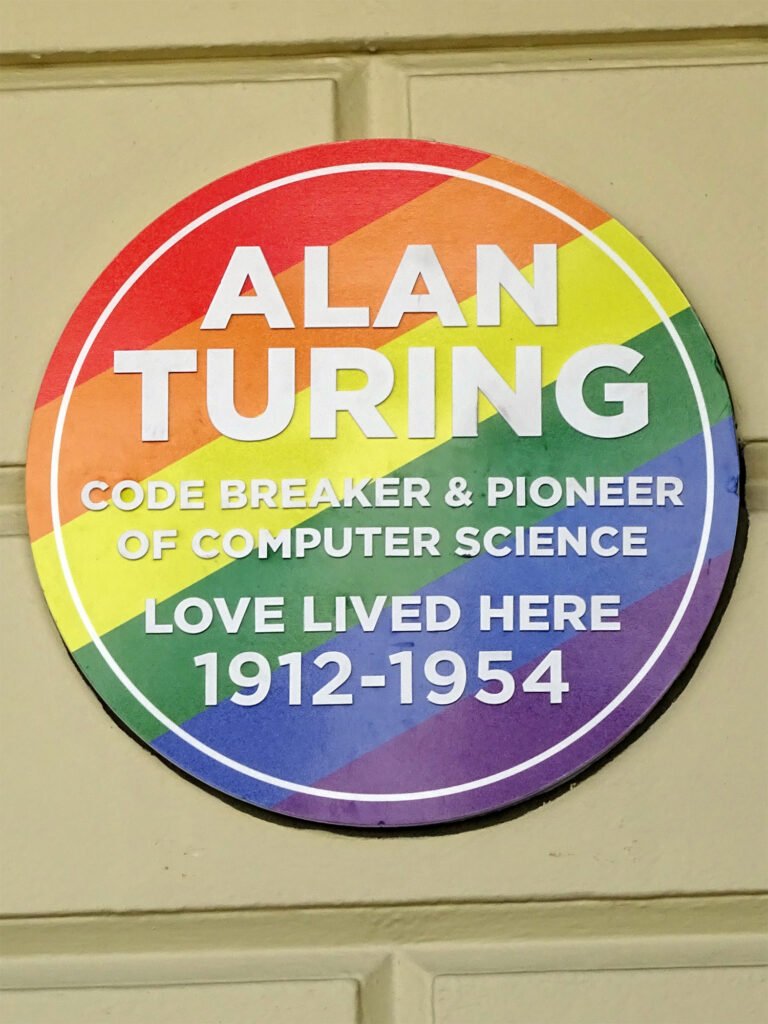
In 1952, Turing faced prosecution for “gross indecency” due to his sexual orientation. Forced to undergo chemical castration as an alternative to imprisonment, he experienced profound physical and emotional suffering. The conviction also led to the revocation of his security clearance, restricting his ability to contribute to government projects.
Alan Turing tragically passed away in 1954. His death was officially ruled as suicide by cyanide poisoning. The circumstances surrounding his demise remain contentious, with some questioning the verdict. It wasn’t until 2009 that the British government issued a posthumous apology, acknowledging the injustice inflicted upon Turing. In 2013, Queen Elizabeth II granted him a royal pardon. Turing’s legacy endures as a testament to the devastating consequences of prejudice, emphasizing the importance of recognizing and rectifying historical injustices against LGBTQ+ individuals.
What are some lesser-known stories about Alan Turing?
While Alan Turing’s contributions to computer science and codebreaking during World War II are well-known, there are some lesser-known aspects and stories about his life:
Robin Gandy’s Preservation of Turing’s Work
Alan Turing’s legacy was not only safeguarded by his groundbreaking contributions but also by the unwavering dedication of his close friend and fellow mathematician, Robin Gandy. Following Turing’s tragic death in 1954, Gandy emerged as a stalwart guardian of his intellectual treasure trove.
Gandy’s commitment to preserving Turing’s work went beyond mere professional duty; it was a testament to their profound friendship. Recognizing the significance of Turing’s ideas in shaping the landscape of mathematics and computer science, Gandy embarked on a mission to collect and safeguard Turing’s extensive body of work. This endeavor involved meticulous efforts to gather papers, notes, and documents that spanned Turing’s illustrious career.
Undeterred by the challenges posed by the era’s limited technological resources, Gandy took great pains to ensure the safekeeping of these intellectual artifacts. His dedication extended to cataloging and organizing the materials, thereby contributing to the preservation of a comprehensive record of Turing’s genius.
Gandy’s efforts did not solely involve the physical protection of documents; he played a crucial role in maintaining the intellectual continuity of Turing’s work. By meticulously organizing and archiving the materials, Gandy ensured that future generations could access and appreciate the depth and breadth of Turing’s contributions.
Robin Gandy’s role transcended that of a custodian; he became a steward of Turing’s intellectual legacy. Through his meticulous efforts, Gandy not only preserved the tangible remnants of Turing’s brilliance but also facilitated the ongoing exploration and appreciation of the mind that revolutionized mathematics and computer science.
Turing’s Marathon Running
Alan Turing, celebrated for his groundbreaking contributions to computer science and codebreaking during World War II, led a life marked not only by intellectual brilliance but also by a genuine commitment to physical fitness. A lesser-known aspect of Turing’s character was his passion for long-distance running. He went beyond mere participation, becoming an avid marathon runner whose dedication extended from personal enjoyment to a daily routine.
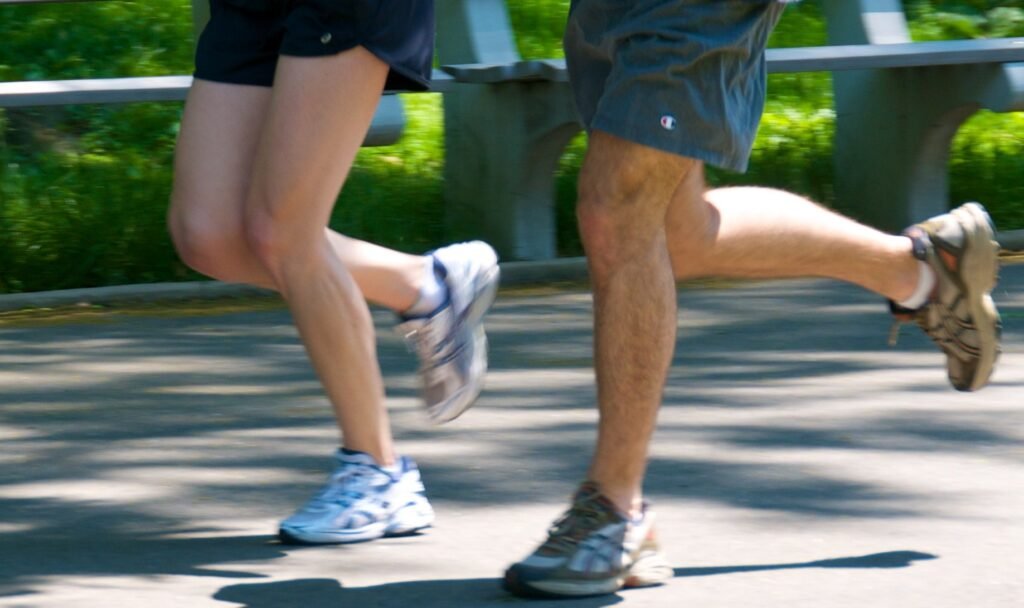
Turing’s running routine was not a casual affair; it was an integral part of his life. He frequently undertook the challenging journey from his residence to the Government Code and Cypher School at Bletchley Park, showcasing his athletic prowess and disciplined approach to health and well-being. This routine not only served as a means of physical exercise but also provided Turing with an avenue for contemplation and reflection, a mental escape from the complexities of his work.
The depth of Turing’s commitment to running is underscored by his attempt to join the 1948 British Olympic team in the marathon. His aspiration to compete at the highest level in athletics paralleled his pursuit of excellence in mathematics and computer science. Although he did not make the Olympic team, Turing’s endeavor demonstrated a holistic approach to life that transcended the confines of academic pursuits, revealing a man driven by a diverse set of passions and an unwavering dedication to personal achievement in various domains.
Turing’s Work on Morphogenesis
Beyond computer science and codebreaking, Alan Turing’s intellectual curiosity extended to the intricate mechanisms of biology. In a departure from his more well-known achievements, Turing made profound contributions to the field of biology, specifically in the area of morphogenesis.
Morphogenesis refers to the biological process by which patterns and structures develop in living organisms. Turing’s groundbreaking insights into this phenomenon were encapsulated in his seminal paper titled “The Chemical Basis of Morphogenesis,” published in 1952. In this work, Turing put forth a revolutionary mathematical model that sought to elucidate the underlying mechanisms governing the formation of patterns in biological systems.
Central to Turing’s model was the concept of reaction-diffusion systems, where chemical substances interact and spread across tissues, influencing the differentiation of cells and the creation of diverse structures. His model provided a theoretical framework for understanding how the intricate patterns observed in nature, such as the stripes on a zebra or the spots on a leopard, could emerge from simple chemical processes.
Turing’s foray into morphogenesis showcased his remarkable interdisciplinary thinking, bridging mathematics and biology. His work laid the foundation for subsequent research in developmental biology and has had a lasting impact on our understanding of the fundamental processes that shape life. Turing’s ability to transcend traditional disciplinary boundaries remains a testament to the depth and versatility of his intellect.
Turing’s Nautical Prowess
At Bletchley Park, the clandestine center of Allied codebreaking during World War II, Alan Turing’s life unfolded beyond the confines of cryptographic endeavors. In an unexpected turn, Turing found himself drawn to the world of sailing. This interest transcended mere recreation and delved into the application of mathematical principles to enhance the efficiency of yacht design.
Joining the Bletchley Park yacht club, Turing immersed himself in the intricacies of sailing, not merely as a leisurely pursuit but as a domain ripe for intellectual exploration. His analytical mind, honed through years of groundbreaking work in codebreaking and mathematics, found a new playground in the fluid dynamics and engineering challenges of sailing.
Turing’s application of mathematical concepts to yacht design underscored his ability to intertwine theoretical knowledge with practical pursuits seamlessly. By leveraging mathematical modeling, he sought to optimize the performance and speed of yachts, revealing a dimension of his intellect that extended far beyond the cryptanalytic feats for which he is widely celebrated.
This unexpected intersection of mathematics and sailing showcases Turing’s insatiable curiosity and his penchant for applying scientific rigor to diverse domains. It also emphasizes his ability to find intellectual stimulation and problem-solving opportunities in seemingly unrelated fields, marking yet another facet of the multifaceted genius whose contributions continue to resonate across various disciplines. Turing’s foray into yacht design stands as a testament to the boundless nature of his intellectual pursuits, revealing the remarkable synergy between his analytical mind and the challenges presented by the open sea.
Turing’s Pioneering Work on Artificial Intelligence
Alan Turing, celebrated for his monumental contributions to computer science and codebreaking, played an equally pioneering role in shaping the landscape of artificial intelligence (AI). In his influential 1950 paper, “Computing Machinery and Intelligence,” Turing transcended the boundaries of his contemporary focus on computation and cryptography to delve into machine intelligence.
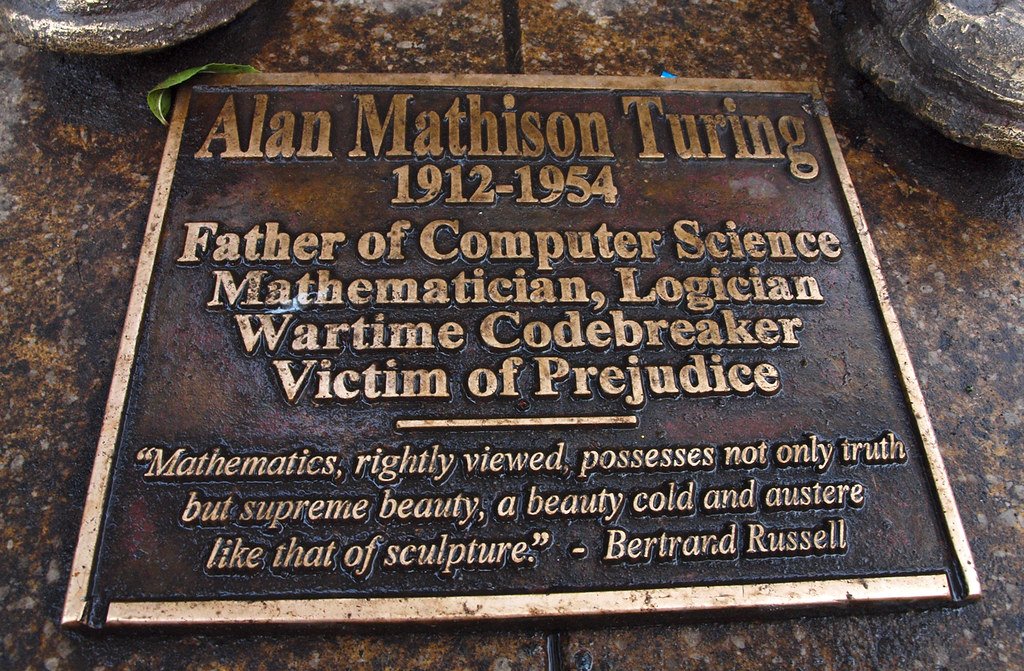
This seminal work introduced the concept that would later be immortalized as the Turing Test. Turing proposed a method to assess a machine’s capacity for intelligent behavior by evaluating its ability to mimic human responses in a conversation. The essence of the test lay in determining whether an observer could distinguish between a machine and a human based solely on their responses.
Turing’s visionary idea laid the groundwork for the development of AI, inspiring generations of researchers and scientists to strive for machines capable of emulating human-like cognitive abilities. The Turing Test became a benchmark for AI, sparking debates and guiding the evolution of the field.
Beyond his immediate contributions to wartime codebreaking and the development of early computers, Turing’s foresight into the potential of machines to exhibit intelligent behavior demonstrated his far-reaching intellect. His legacy in artificial intelligence endures, with the Turing Test remaining a fundamental concept and a touchstone in ongoing discussions about machine intelligence and the quest for true artificial consciousness.
Turing’s Connection to Cryptanalysis in Post-War Europe
In the post-World War II era, Alan Turing’s formidable intellect and expertise continued to serve the British government in cryptanalysis. Despite the conclusion of the global conflict, the onset of the Cold War prompted a renewed focus on intelligence and codebreaking activities. Turing, already renowned for his pivotal role in deciphering the Enigma code, was enlisted to contribute his skills to new and evolving challenges.
During this period, Turing played a crucial role in cryptanalysis projects that aimed to decipher Soviet codes. The emerging tensions of the Cold War necessitated a keen understanding of the encrypted communications used by the Soviet Union. Turing’s analytical prowess and innovative thinking were invaluable assets in this covert and complex arena.
While his post-war contributions may receive less attention than his wartime achievements, Turing’s work during the Cold War era underscored the ongoing importance of his skills in the evolving landscape of global intelligence. His efforts contributed to the intelligence-gathering capabilities of the British government during a time of heightened geopolitical tensions, showcasing his enduring commitment to the field of cryptography and national security.
In recognizing Turing’s post-war endeavors, we gain a more comprehensive understanding of his enduring impact on the world of codebreaking and intelligence, extending beyond the pivotal role he played during the tumultuous years of World War II.
These lesser-known facets of Alan Turing’s life provide a more nuanced and comprehensive understanding of the man behind the iconic contributions to computer science and cryptography. While Turing is primarily celebrated for his groundbreaking work at Bletchley Park during World War II and his pivotal role in developing the early computer, exploring lesser-known dimensions unveils a more multifaceted individual.
His passion for marathon running, an often overlooked aspect of Turing’s life, reflects not only his intellectual prowess but also his dedication to physical fitness and personal challenges. Turing’s participation in marathons and his attempt to join the 1948 British Olympic team highlight an unexpected intersection between his analytical mind and physical pursuits.
The enduring friendship between Turing and fellow mathematician Robin Gandy adds an emotional layer to his story. Gandy’s commitment to preserving Turing’s extensive body of work after his death ensures that his profound contributions to mathematics, computer science, and biology remain accessible to future generations.
Turing’s venture into biology, specifically his work on morphogenesis, underscores his interdisciplinary approach. His exploration of mathematical principles behind pattern formation in living organisms exemplifies a broader intellectual curiosity beyond computation.
Furthermore, Turing’s engagement in sailing not only demonstrates a recreational interest but also showcases his practical application of mathematical concepts to enhance the efficiency of yacht design, reinforcing the notion that his genius extended beyond abstract academia.
These lesser-known stories collectively paint a richer portrait of Alan Turing, revealing a man driven by diverse interests and a relentless pursuit of knowledge across various disciplines. They shed light on the humanity behind the genius, emphasizing the importance of appreciating the entirety of Turing’s legacy.

